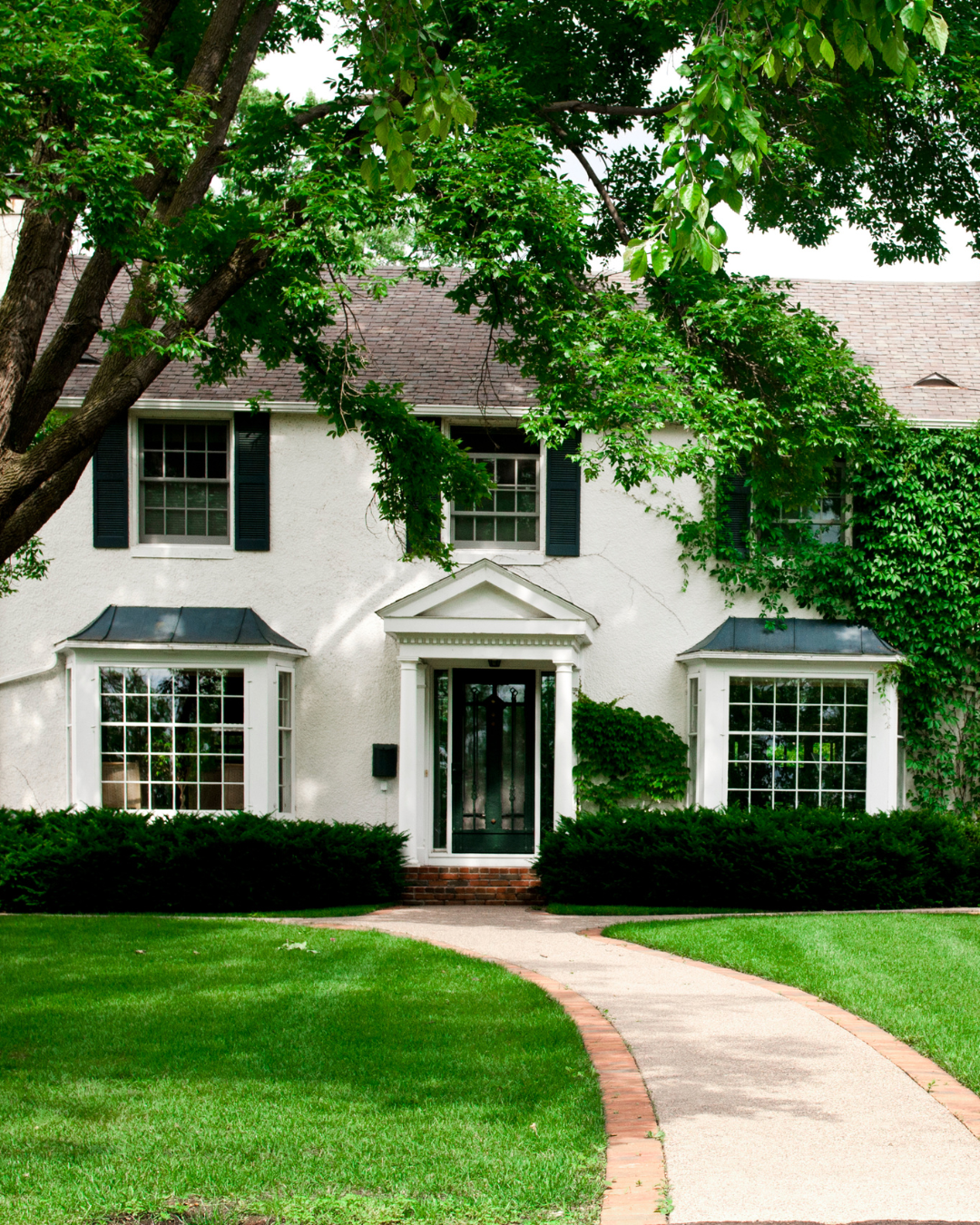Here’s Why You Need a Biodiverse Home
/SOURCE: Sotheby’s
Biodiversity is more than a buzzword. It’s an opportunity to nurture the planet—and your own place in it, writes Riya Patel
Owning a home with large acreage has long been associated with prestige and privilege. Now, as the global climate crisis intensifies, any sizable estate comes with an increasing responsibility to foster biodiversity on its land. Between 1970 and 2020, the average decline in monitored wildlife populations was 73%, according to The Living Planet Index. Those who take on the job of nurturing land have the reward of supporting local flora and fauna, protecting the environment for future generations, and all the knock-on benefits to their own health and satisfaction, too.
“A biodiverse setting is one where the land surrounding the home is teeming with life—a kind of ‘pluriverse’ where many species, systems and cycles coexist and are interdependent,” says UK-based landscape architect Johanna Gibbons. “For me, it’s less about a fixed formula and more about a mindset: embracing nature’s complexities and giving space for a dynamic pattern of growth and change.”
Having run her ecologically minded design practice, J&L Gibbons, for almost four decades, Gibbons has noticed the psychological impact on those who live among biodiversity. “These settings create a sense of calm, richness and connection,” she says. “They remind us that we’re part of something larger—that our home is not a sealed-off object, but part of a shared, living system.”
In Guanaja, Honduras, a three-bedroom house and conservation research base sits within a stunning 482 acres of tropical landscape, which includes a waterfall and beach facing the Caribbean sea. This living paradise is testament to the dedication of a single owner over 27 years, whose stewardship has seen the surrounding ecosystem flourish. From above, its outline is barely visible for all the lush tree canopy and natural vegetation that encircle it.
Meanwhile, in Byron Bay on Australia’s east coast, sits a sensitively designed 1970s home that has also benefited from long-term conservation efforts. The peaceful and private five-bedroom property is immersed in sub-tropical rainforest over 34 acres and located opposite a protected nature reserve.
“We watch the cycles of wallabies bringing their young, echidna season and fireflies in September,” says Brad Rogan, global real estate advisor with Byron Bay Sotheby’s International Realty. “Whales can be heard singing at Brays Beach and as their song amplifies at night, it echoes up like a concert hall.”
The land is subject to a biodiversity covenant—an agreement between landowner and government to ensure parts of a property are not developed so biodiversity can thrive.
“With this agreement, you are effectively giving scope for nature to exist as it would without us,” says Rogan. “Only parts of the land are safeguarded, so the property still has the potential for multiple occupancy, or for the house to be modernized. But what will stay loved here is the ‘feeling.’ The home is not only a financial investment, but also a contribution to what will inevitably become more valuable as climate impacts more areas.”
Connection to nature can be amplified through a home’s architectural features. At the Gunaja property, generous timber decks along the wide frontage provide scenic views and interactions with birdlife. In Byron Bay, even the bathrooms have large areas of glazing, making views of greenery a constant backdrop to daily life.
Natural building materials can also strengthen the relationship between home and land, such as the traditional thatched structures on this 12-acre vineyard estate in Stellenbosch, South Africa. Or the charred wood and natural stone finishes planned for this serene, nature-focused development in Valle de Bravo, Mexico.
Wherever humans build or intervene, biodiversity needs to be part of the conversation from the start. When assessing a plot or property, Gibbons suggests consulting an ecologist for a baseline assessment and guide on how to improve land health. Avoiding pesticides and fertilizers, and planting species that support local wildlife are basic ways those with smaller or urban footprints can contribute.
“When you have access to land, you have the opportunity—and arguably the responsibility—to maximize its potential for life,” says Gibbons. “Even depleted landscapes can be transformed into thriving ecosystems with the right combination of science, patience and belief.”
SOURCE: Sotheby’s




